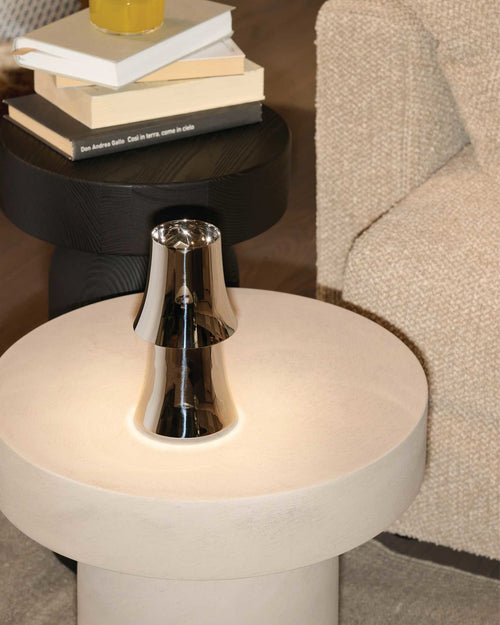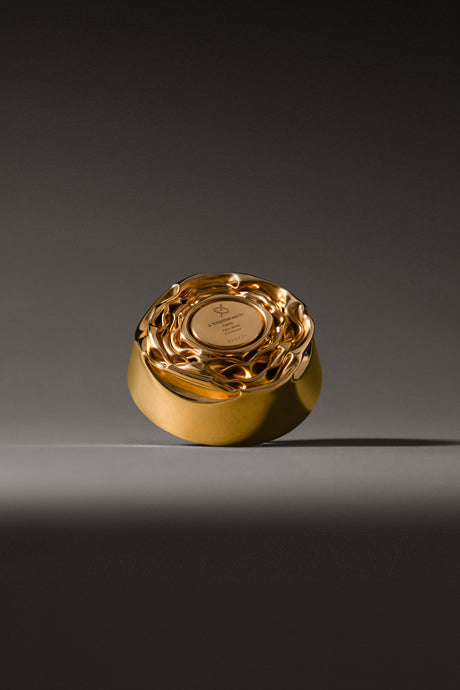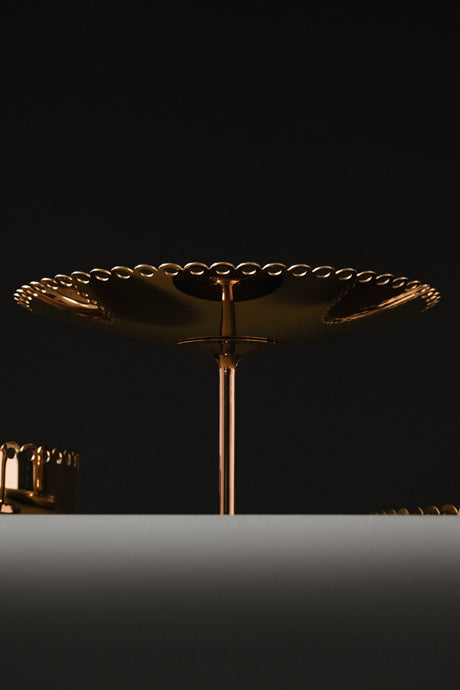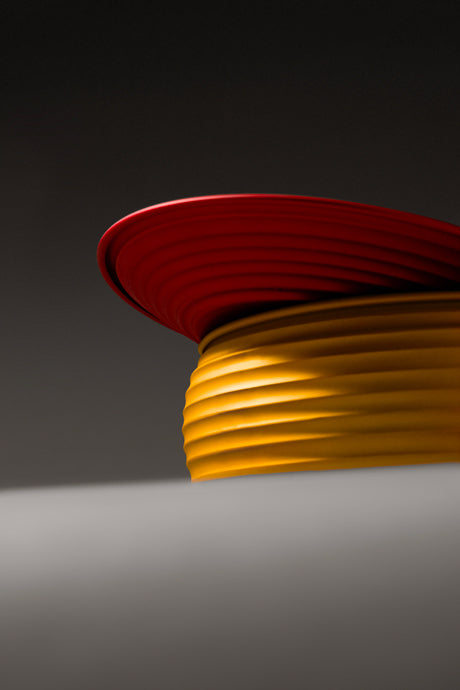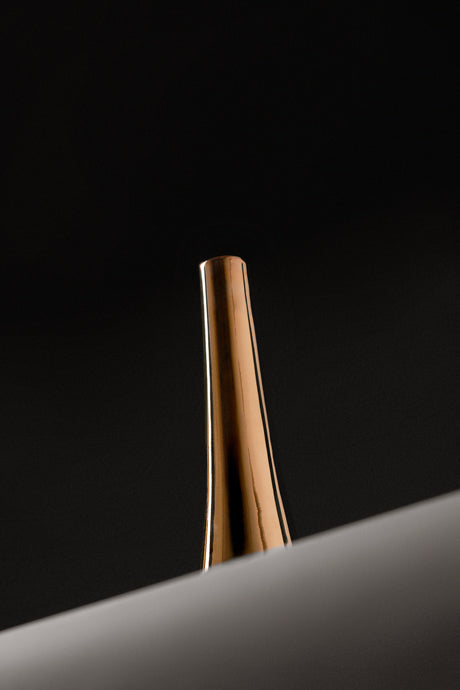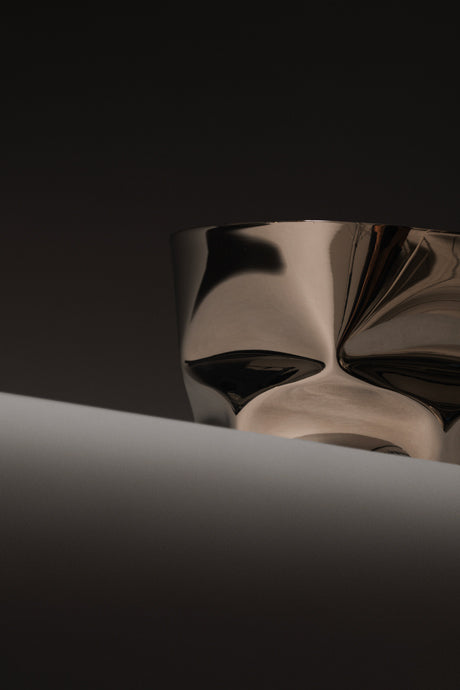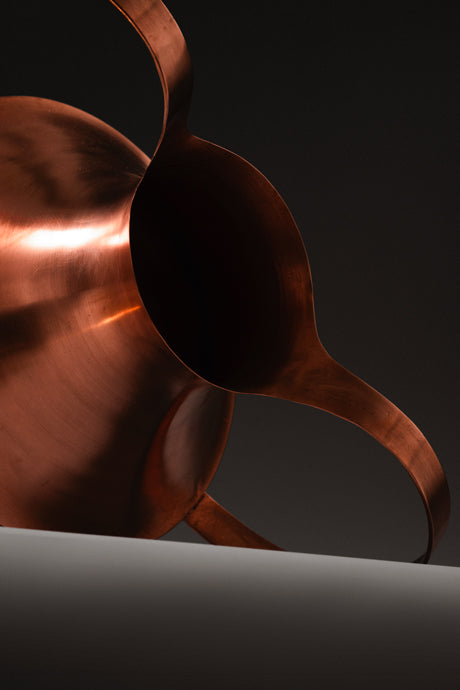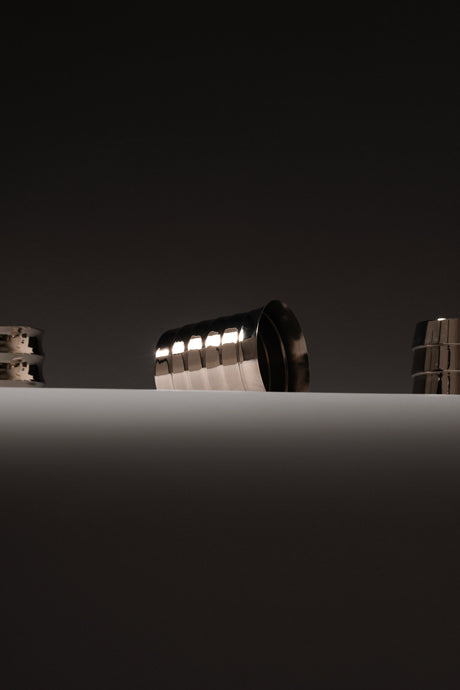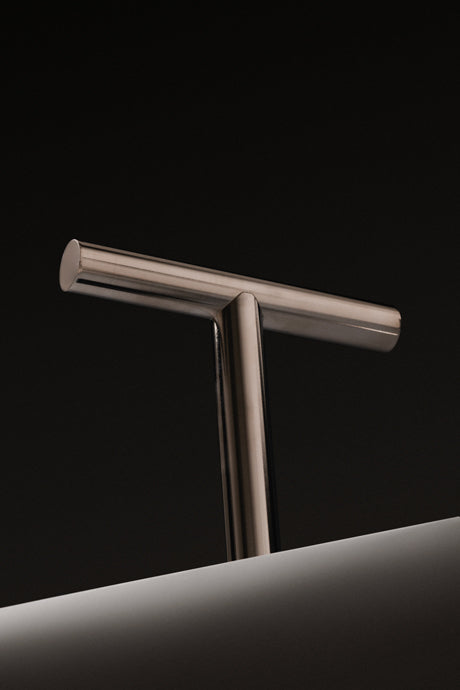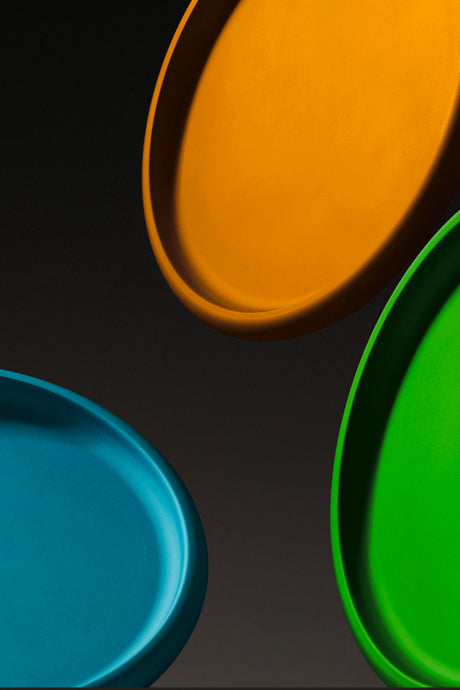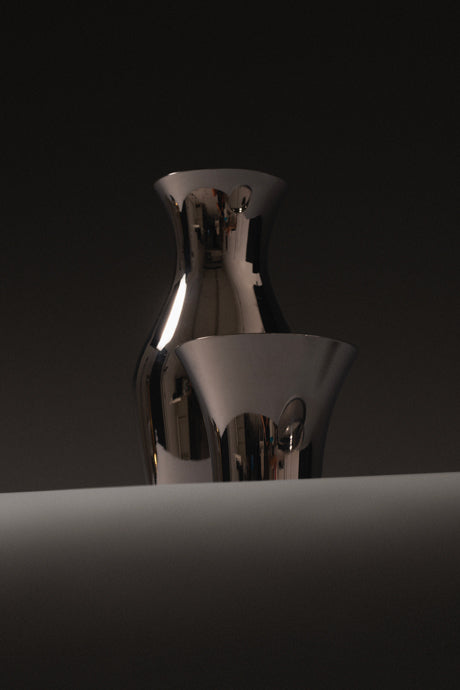
Conceived by Alberto Alessi with Giulio Iacchetti, Il Tornitore Matto is a new brand created for the pleasure of discovering new territories where designers and entrepreneurs are free to establish the rules of the creative process autonomously. If there is an aim, it is to place an accent on the experimental formulation of the industrial model that has distinguished the galaxy of design investigations that Alessi has fostered over the years.
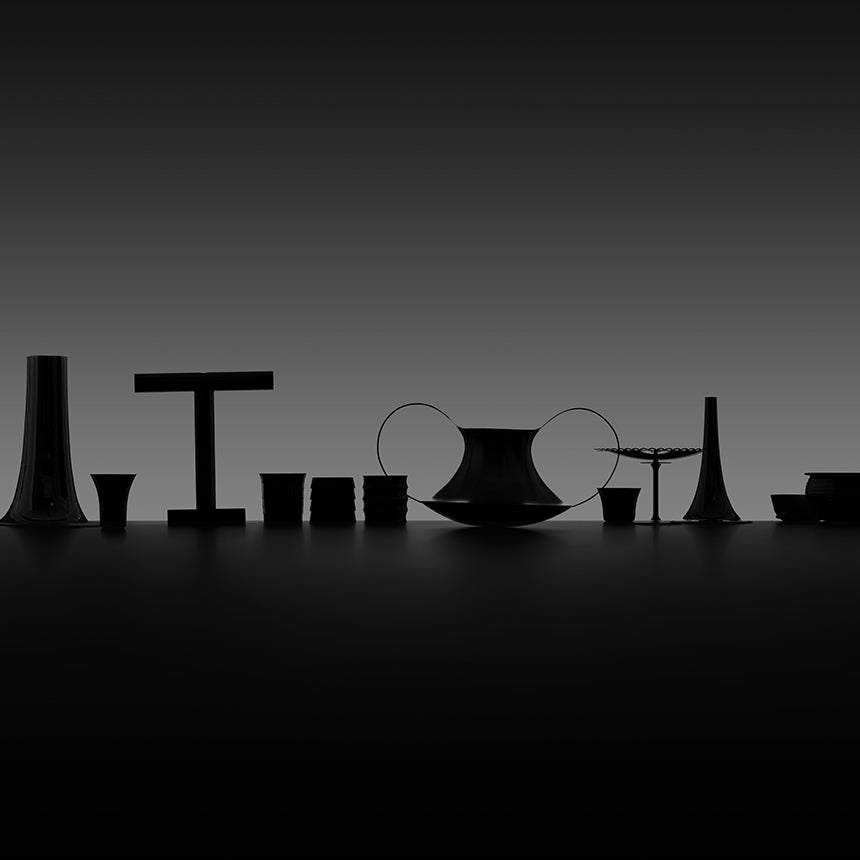
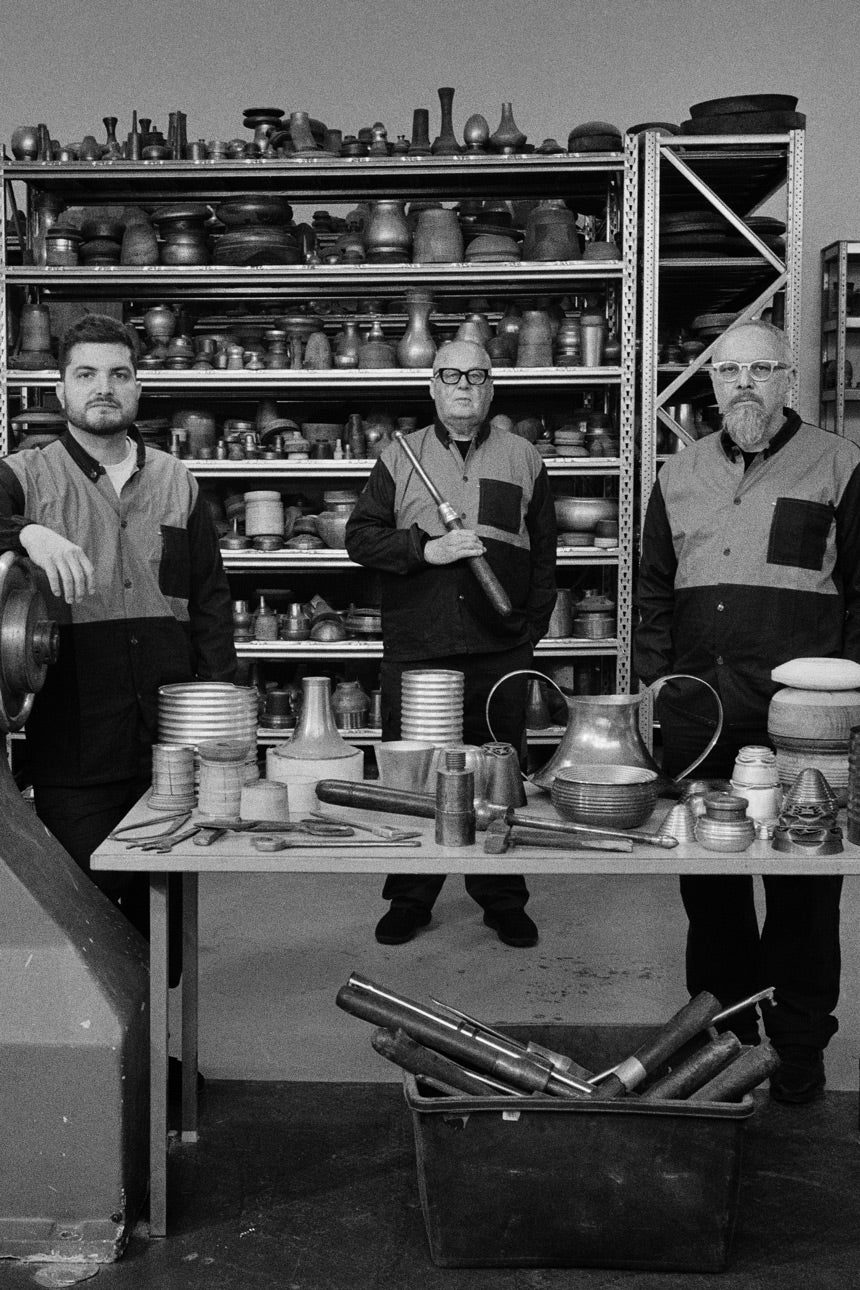
“Like the Mad Hatter in Alice’s Adventures in Wonderland, who interprets the world in his very own way, sometimes even contrary to what normal people think, I have attempted to reverse the contemporary production process”.
Alberto Alessi
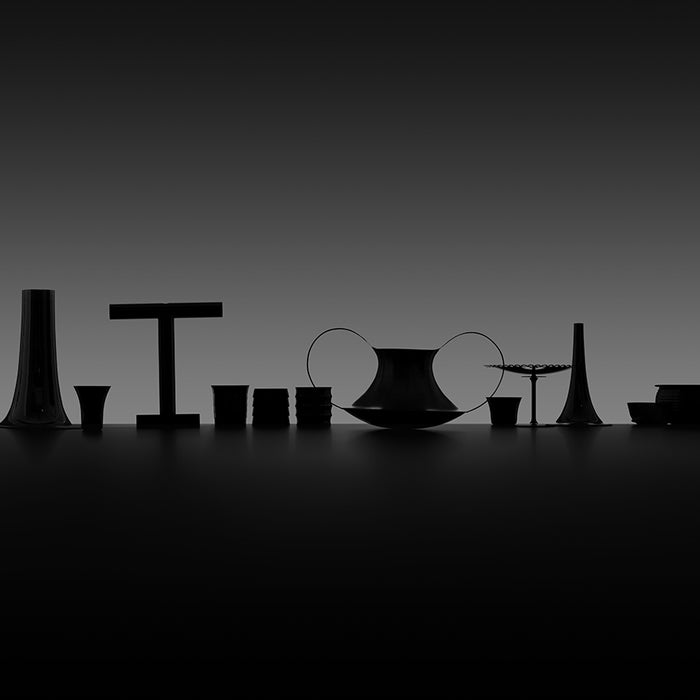
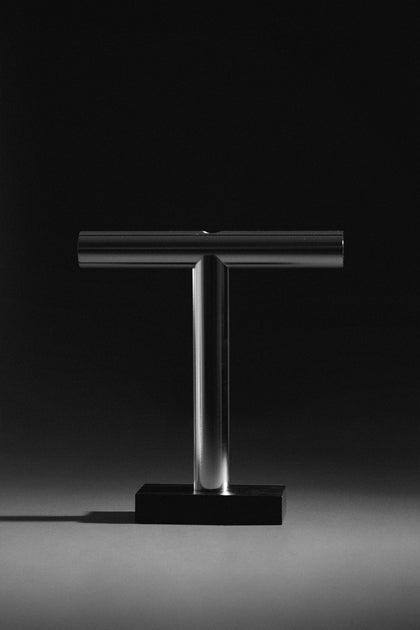
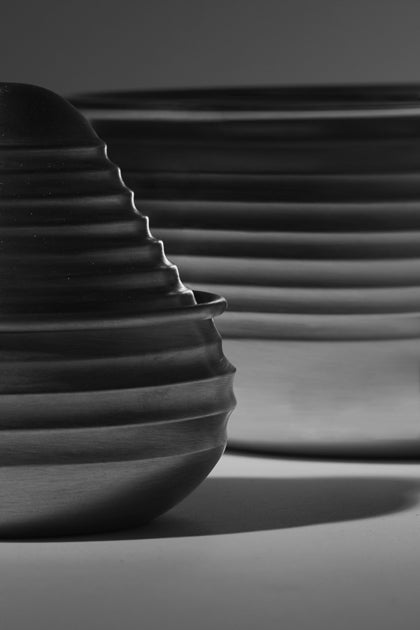
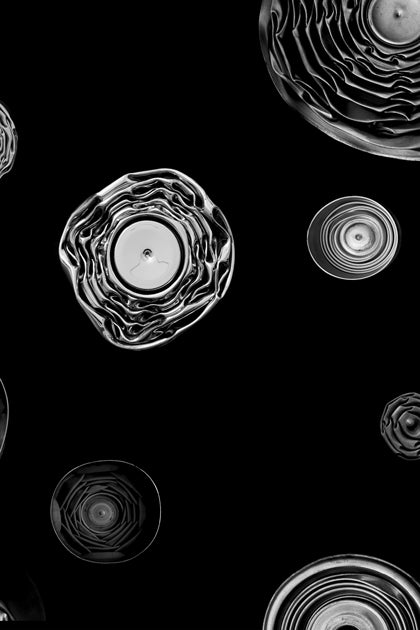
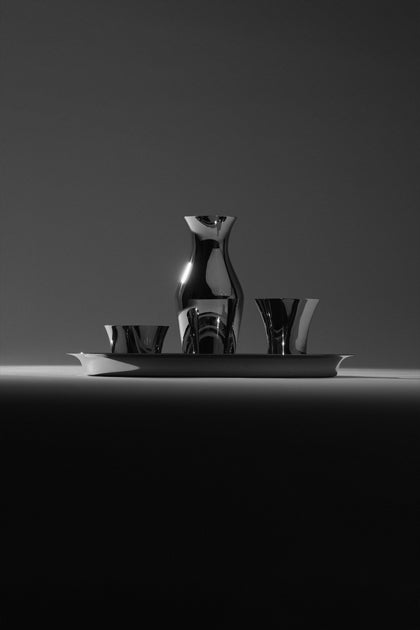
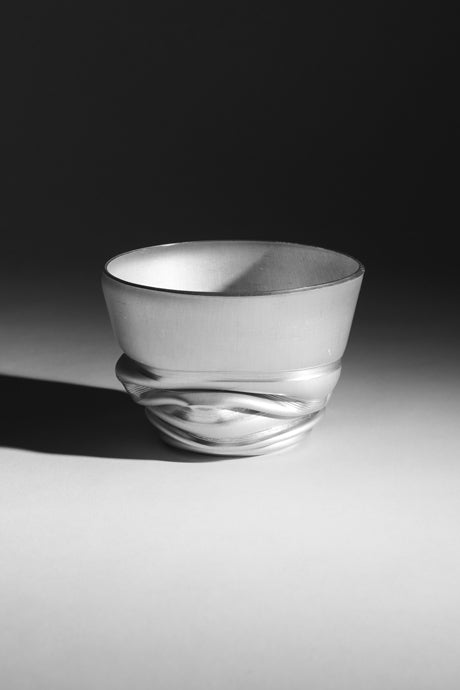
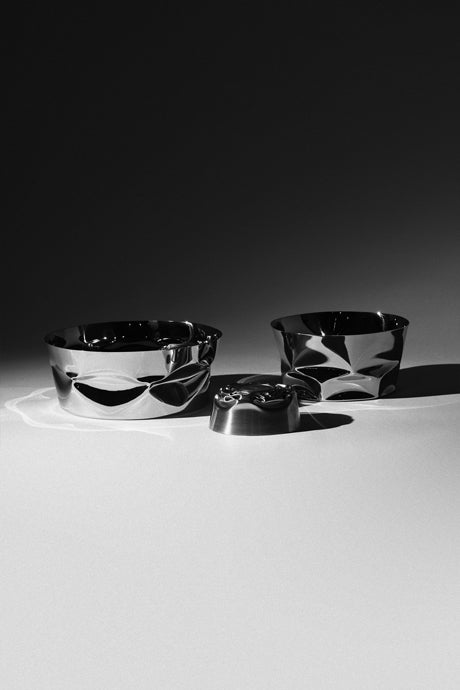
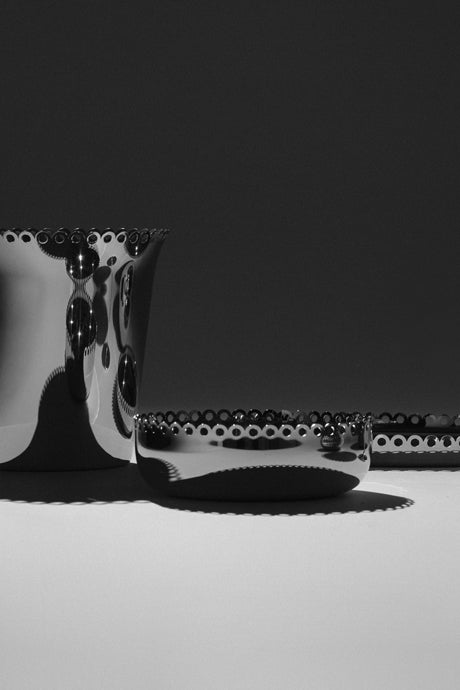
“‘Going back to the roots’, the dream of a new outcome issuing from a production technique that is short and sweet. A drawing immediately becomes three-dimensional without the mediation or filter of a programme of requirements, marketing department or sales office”.
Alberto Alessi
Chapter: 1
Bowls, Trays, Glasses & Vases
NEW IN
Coppa Camuna
An apparently brutalist shape reminiscent of a helmet, but upturned, open towards the sky: an extraordinary subversion of meaning, a warlike symbol becomes a gentle artifact, a container for the things of life.
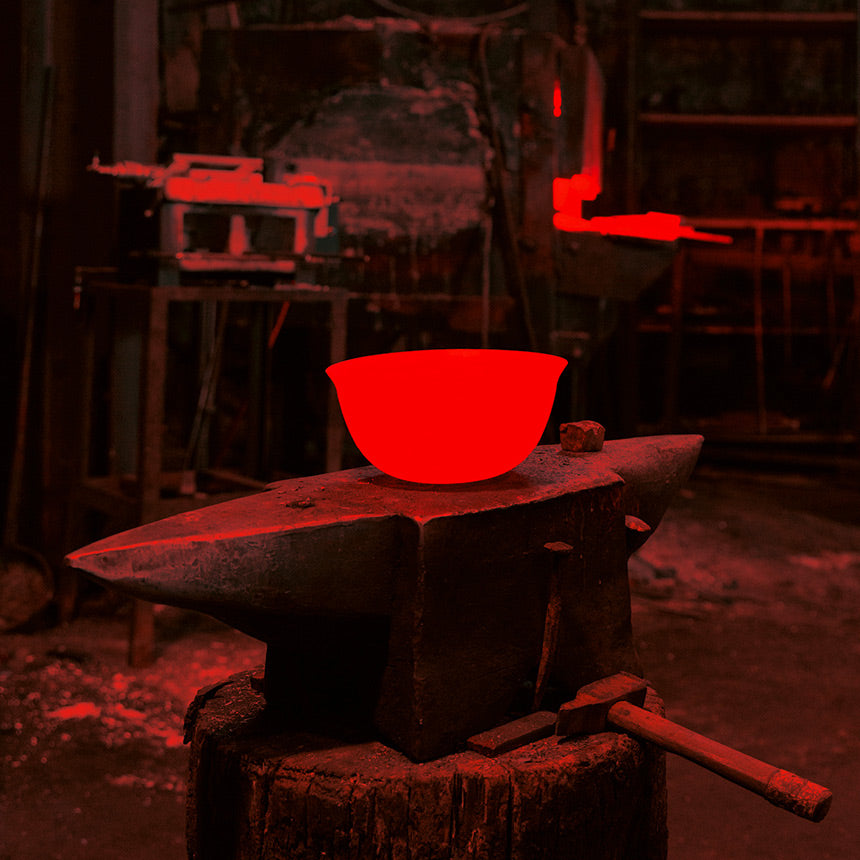
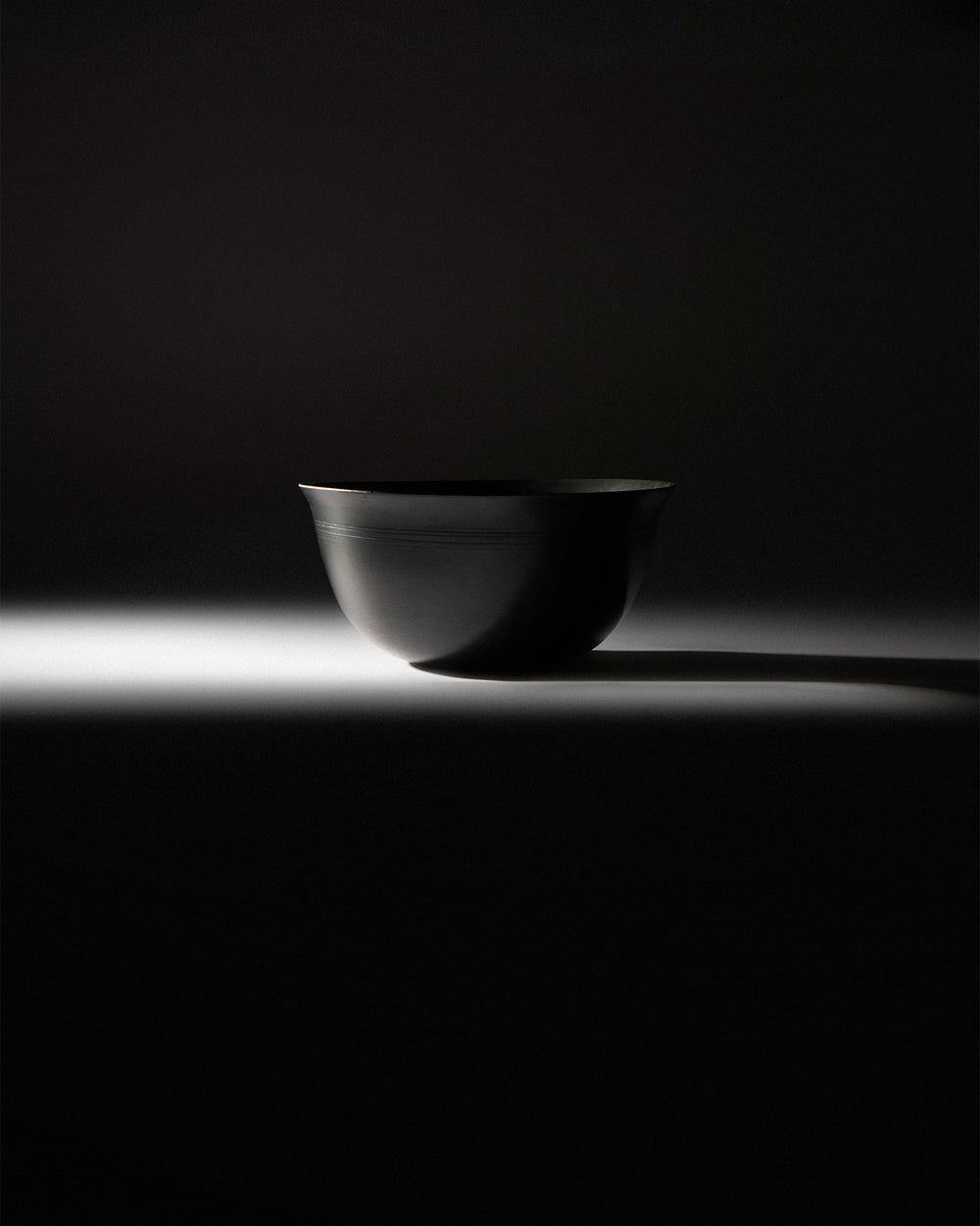
“It has taken millennia to arrive at today’s form of bowls, with small successive modifications made by hundreds of mostly anonymous craftsmen. This bowl is an archetypal design, a form without form: it does not deny all the efforts of the designers of the past, but it lives its own life.“
Alberto Alessi
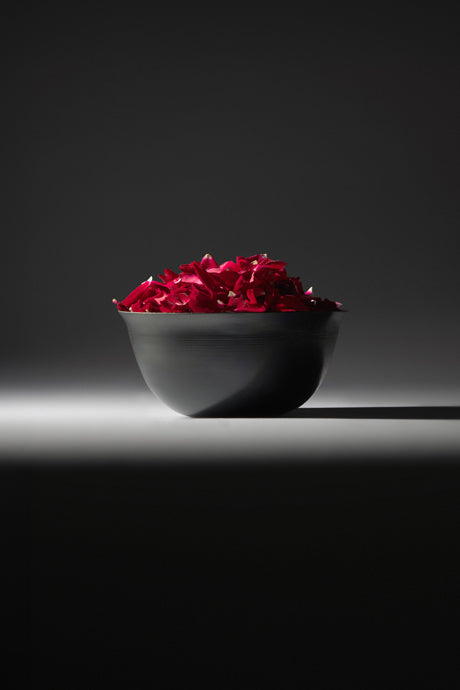
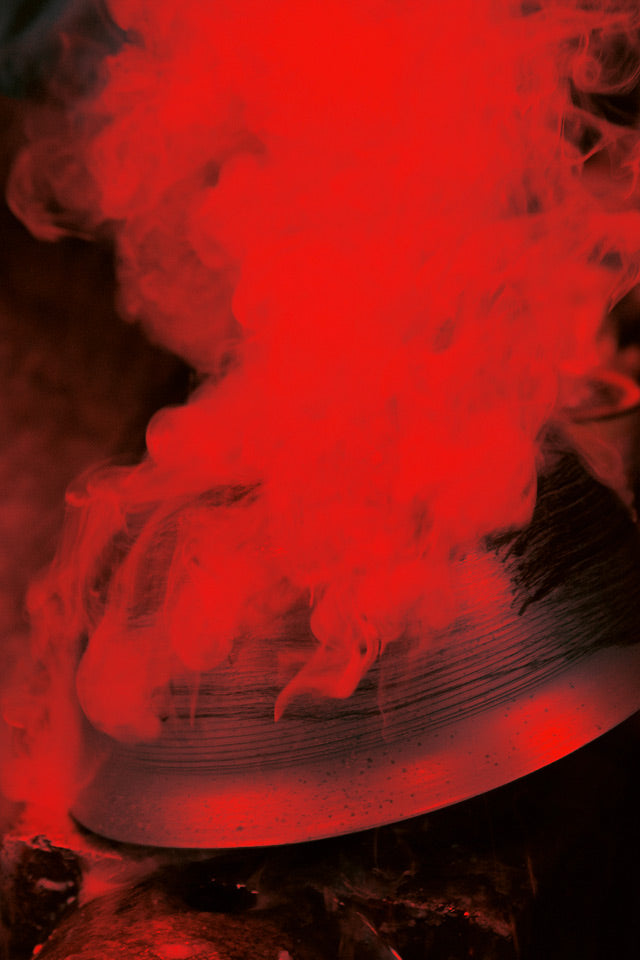
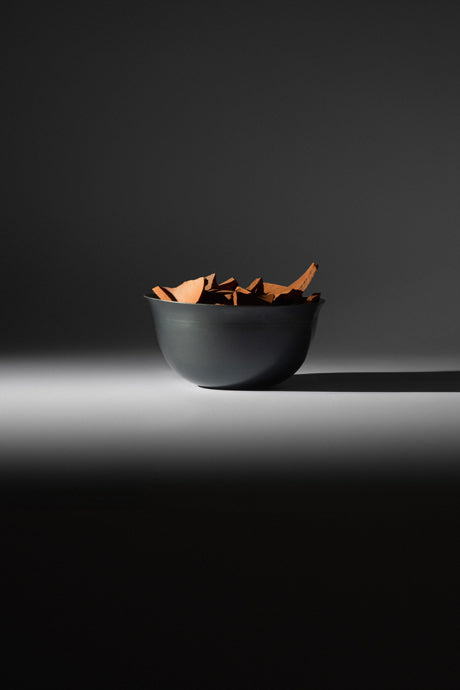
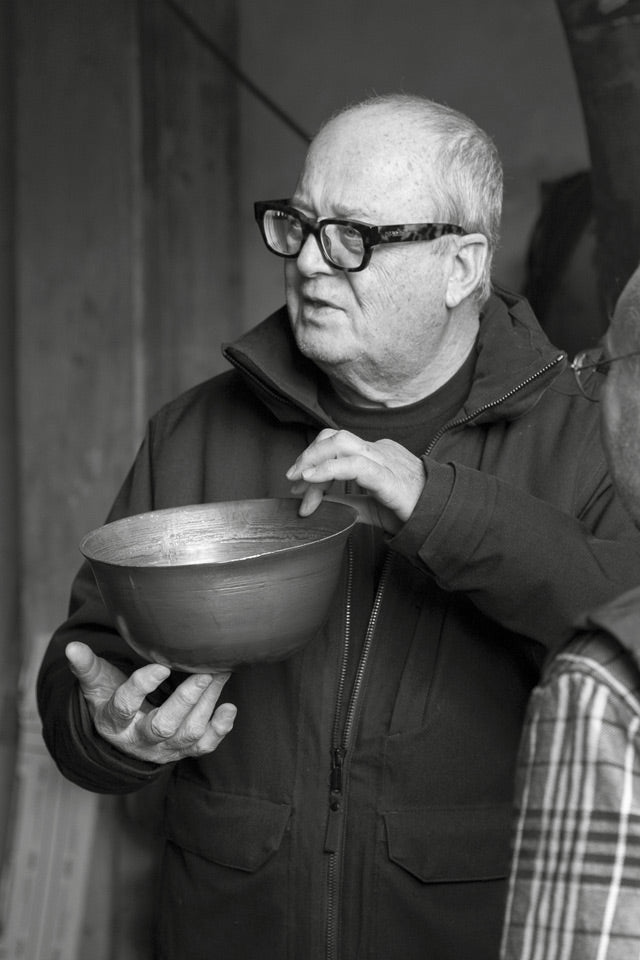
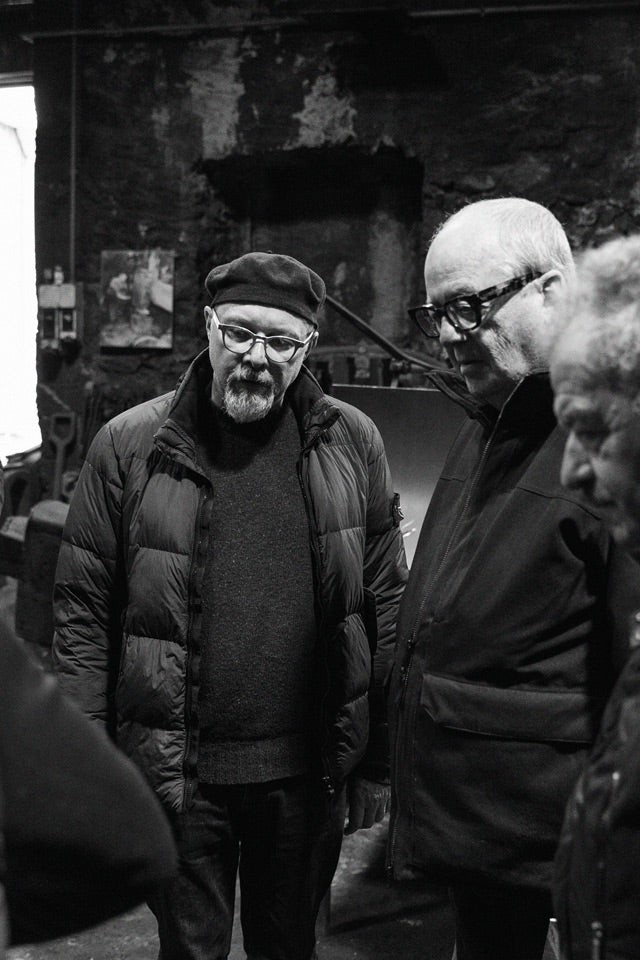
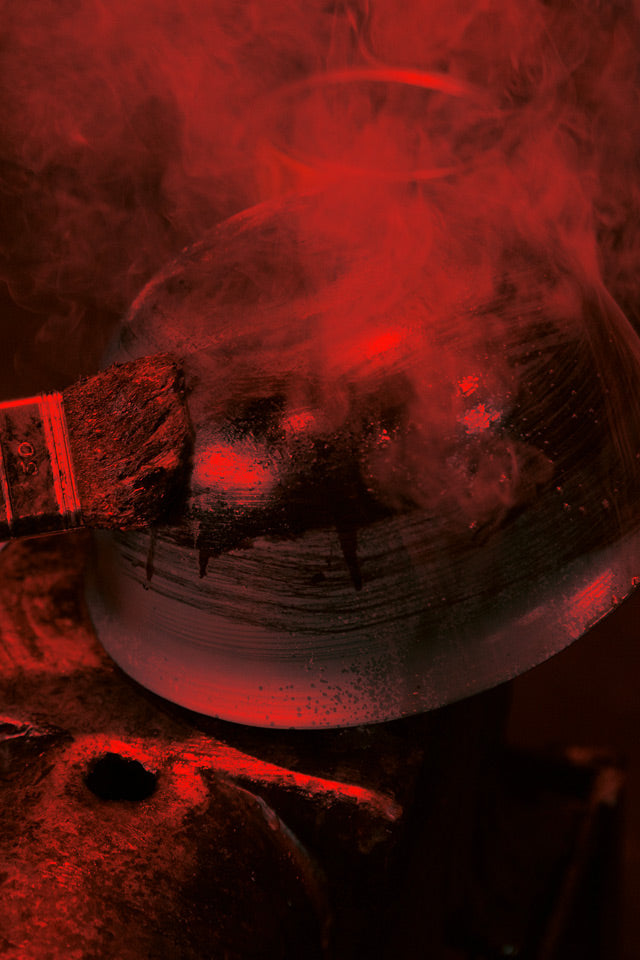
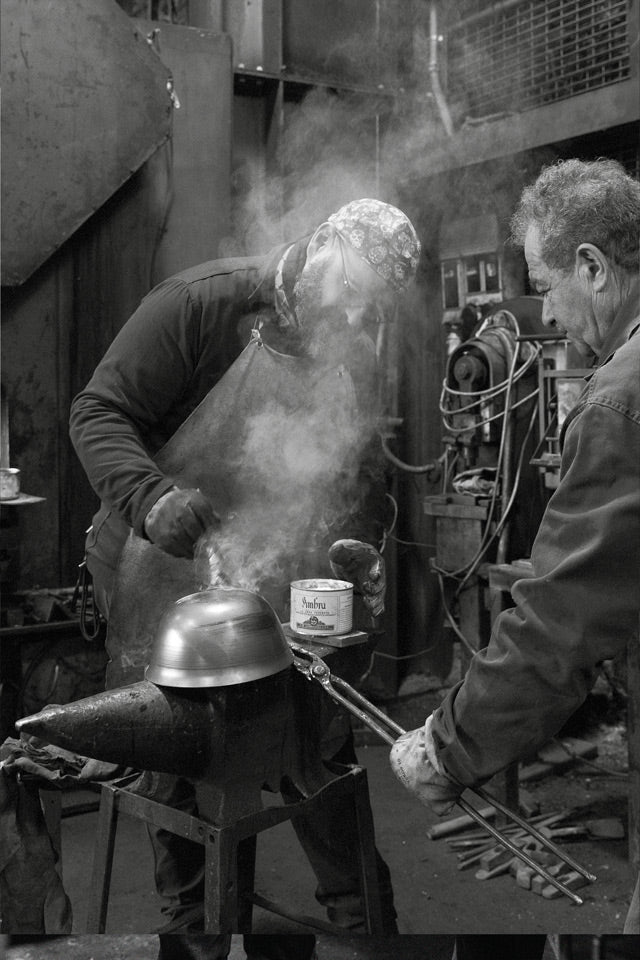
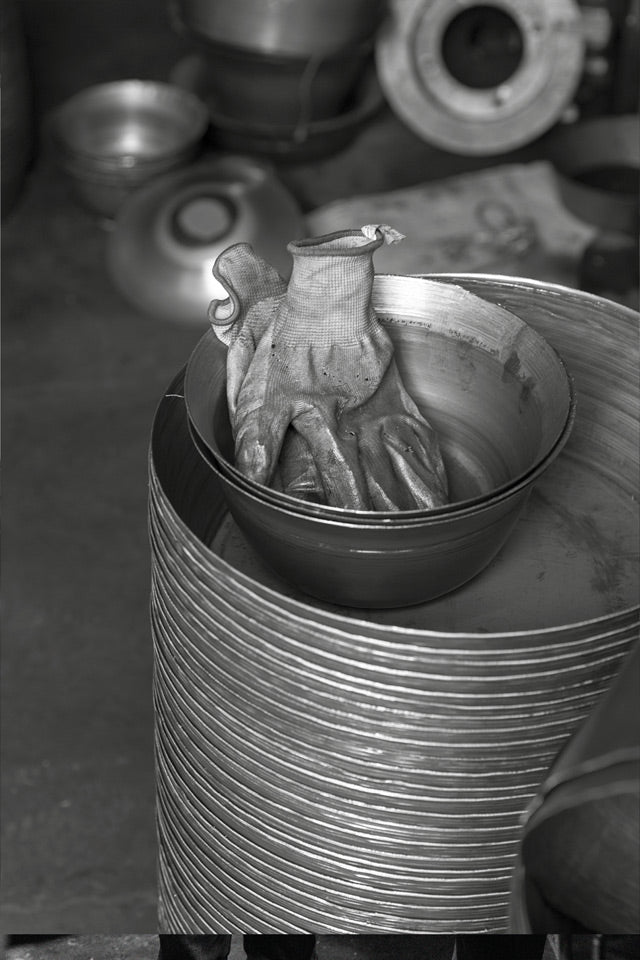
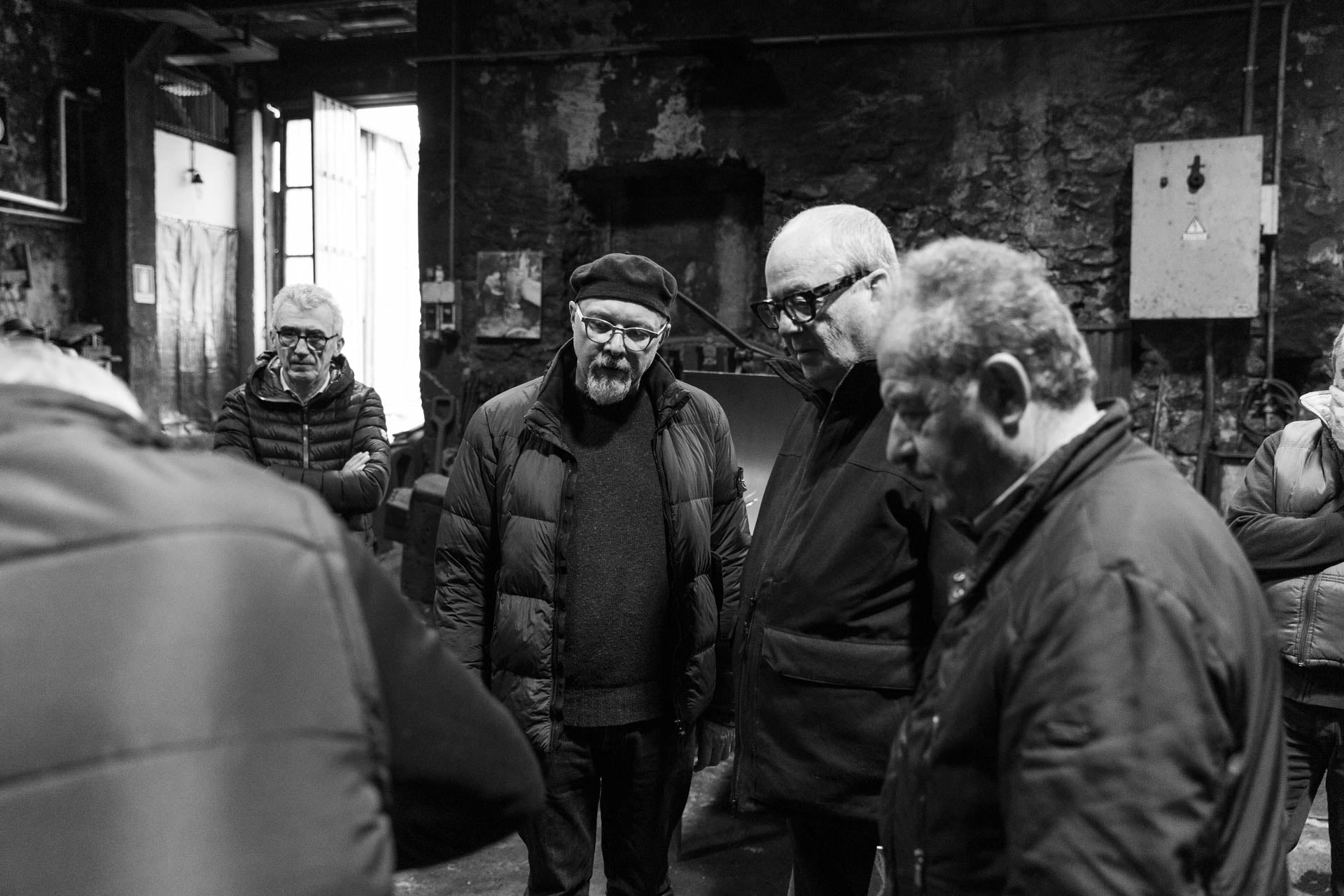
"In this bowl I designed with the Camuni craftsmen, there is the sense of a conversion: a strong, dark metal, transferred from the deadly movements of the lathe to the fire of the forge, and transformed into a serving bowl”.
Alberto Alessi




